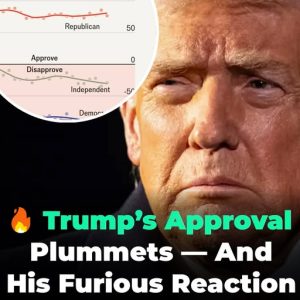Supreme Court Expands Presidential Spending Power in Landmark Ruling
A sweeping constitutional confrontation has erupted after the Supreme Court upheld former President Donald Trump’s decision to freeze $4 billion in foreign aid through a rarely used mechanism known as a “pocket rescission.” The move, which allows presidents to cancel appropriated funds if Congress fails to act before the fiscal year ends, marks one of the boldest assertions of executive spending authority in decades. At the heart of the dispute is whether a president can lawfully refuse to spend money Congress has already approved—a question that challenges the 1974 Impoundment Control Act, a post-Watergate safeguard designed to curb unilateral executive power.
The legal battle began when a lower court ruled against Trump, declaring that only Congress holds the power to rescind appropriated funds. In a 6–3 decision, however, the Supreme Court reversed that ruling, siding with Trump and strengthening the presidency’s authority in foreign affairs. Writing for the conservative majority, the Court argued that limiting the president’s discretion could undermine national security and diplomacy. The three liberal justices dissented sharply, warning that the decision threatens congressional supremacy and the constitutional balance of powers.
The implications of the ruling extend far beyond foreign aid. By validating the use of pocket rescissions, the Court effectively revives the concept of executive impoundment, granting presidents new leverage over federal spending. Future administrations could now selectively withhold or cancel appropriations, altering how Congress’s “power of the purse” operates in practice. This newfound flexibility reshapes the separation of powers and raises concerns about potential abuse.
Supporters hail the decision as a restoration of rightful executive authority, arguing that presidents must have discretion in managing foreign policy resources. Critics, however, view it as a dangerous step toward unchecked presidential control, signaling a broader constitutional shift that could redefine the limits of executive power for generations to come.




